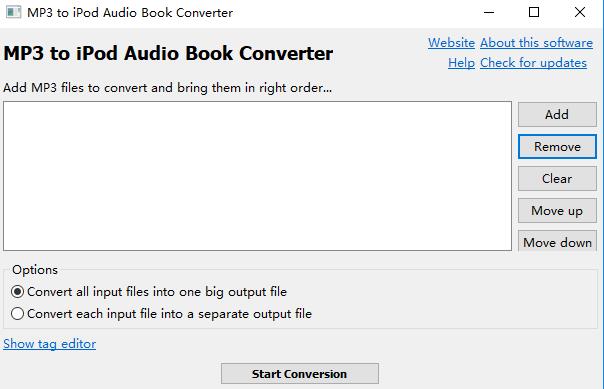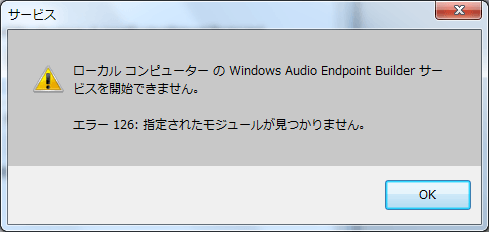
- #WINDOWS AUDIOBOOK BUILDER ANDROID#
- #WINDOWS AUDIOBOOK BUILDER FREE#
You could record with your phone or a USB microphone and create your MP3 audio files. AuthorsĪs an author, recording your own audiobook may be the most cost-effective way to create something that you give away for free. These files are usually in a WAV or MP3 format.
#WINDOWS AUDIOBOOK BUILDER FREE#
In this section, we’ll discuss where you might get your free audiobook. Obtain a Free Audiobook (WAV or MP3 File Format) Load the New Audiobook Onto Your Device.Split Audio Files Into Chapters (If Needed).Obtain a Free Audiobook (WAV or MP3 File Format).
#WINDOWS AUDIOBOOK BUILDER ANDROID#
The rest of this article discusses the steps to convert your free audiobook into a format that you can use on your iOS or Android devices. Bookmarking allows you to stop listening in the middle of file and come back later to continue listening. The M4A and M4B file formats contain metadata for chapters and bookmarking. However, in the Apple ecosystem it is Digital Rights Management (DRM) protected.
M4B is an MPEG-4 audio only file format. It is used for unprotected files and, as a result, can be used in both the Apple store and the Google Play store. M4A is an MPEG-4 audio only file format. Generally, this is applied to MPEG-4 files. AAC stands for Advanced Audio Coding, and it gives a higher sound quality to the audio files. 
Encoding refers to the process of compressing an audio file.
AAC is the encoding used on the audio file. The audio layer specifies the compression level. MPEG stands for Moving Picture Experts Group. This file isn’t compressed, and it can be quite large. WAV is a raw audio format created by Microsoft and IBM. The goal of these steps is to get your audiobook on to your mobile phone, iPad, or tablet so that you and your fans can listen more comfortably.Īudiobooks can be in several formats, but here we’ll discuss WAV, MP3, AAC, M4A, and M4B formats. Load the new audiobook onto your device. Split the audio files into chapters (if needed). Obtain a free audiobook (WAV or MP3 file format). These are the general steps to create an audiobook from MP3 or WAV files. However, if your files don’t work on your audiobook player, then you’ll need to make an audiobook file from the MP3 files. Many of them also automatically play all chapters (if they are in separate files) as well as accommodate bookmarking which keeps track of your position in the audio file. These days, most audiobook players can read MP3 audio files. If you have a set of MP3 files that are divided into chapters, I recommend that you first try to load them onto an audiobook player. In this article, I’ll focus on free methods to create an audiobook from MP3 files. On a side note instead of using the “join track” feature in iTunes I would suggest ripping each track as a WAV or AIFF file then use AudioBook Builder.Are you an author who has created an audiobook and now you want to give it away to your fans? Maybe you’re an avid audiobook listener who gathers loads of free audiobooks and now you want to enjoy them on your iOS or Android device. Then use those files in AudioBook Builder to create your compiled file. Here is the solution: First use a program like XLD to batch convert the files to WAV or AIFF. This works great if you have the CDs, but what if you only have the compressed audio files? The one solution I came up with was to rip the CDs from iTunes but use the “join track” feature to create 1 giant file per disc. The problem is if the files are formatted as mp3/m4a when you try to join the files you will hear small gaps between each track. 
Typically I would use AudioBook Builder to accomplish this. The goal was to create an iTunes audiobook (.m4b) of a audio drama.

Recently I needed to be able to join multiple mp3 files together to create one giant file.







 0 kommentar(er)
0 kommentar(er)
